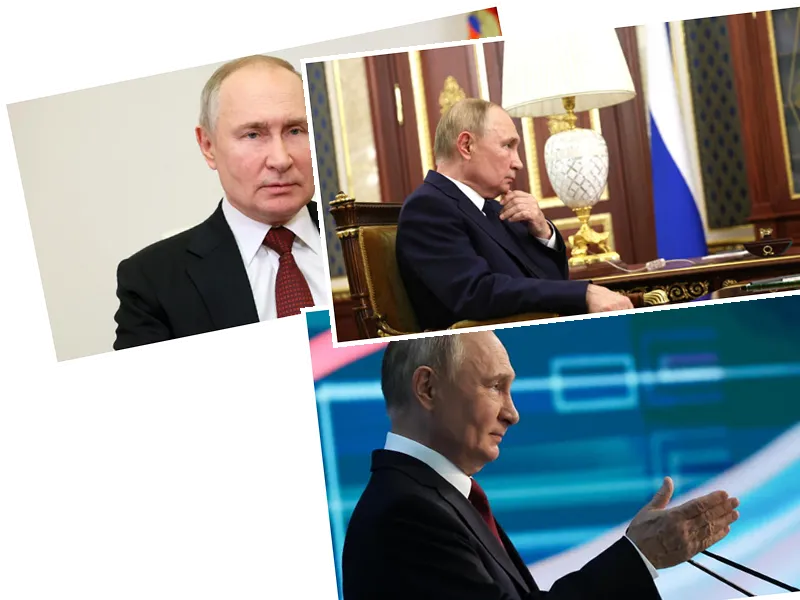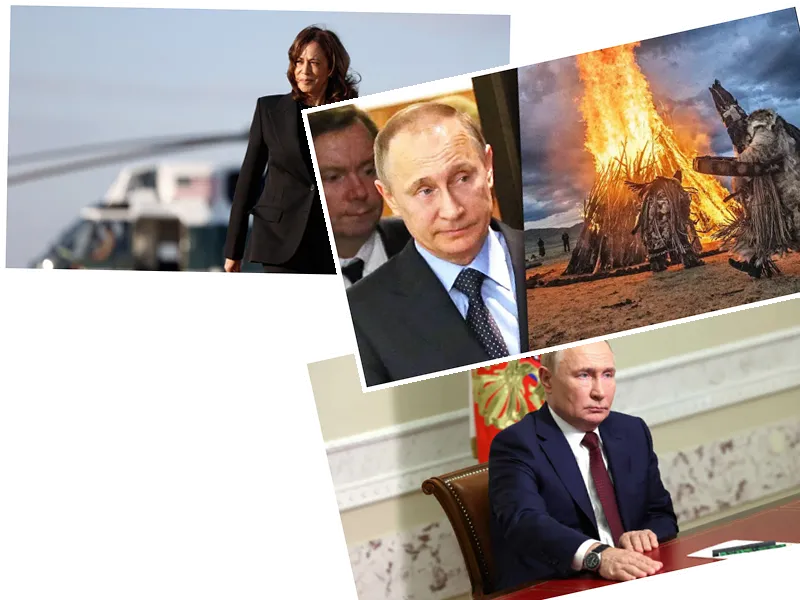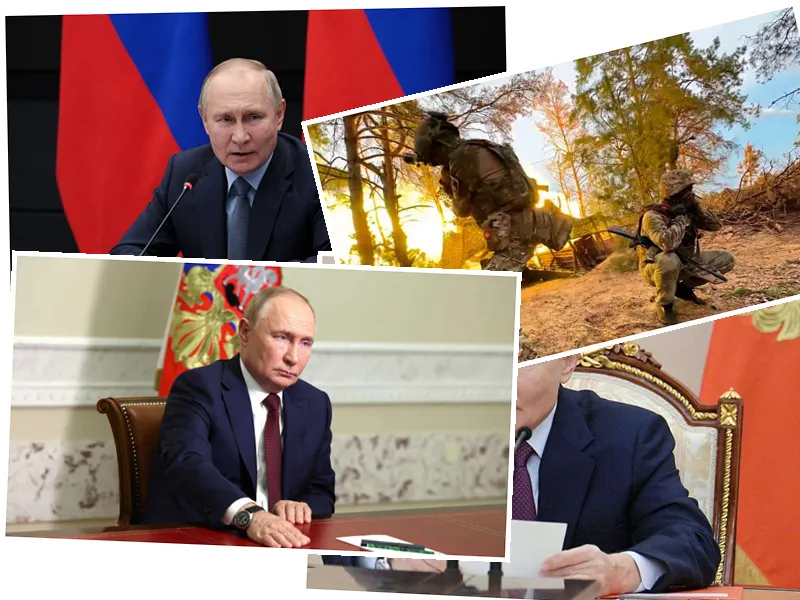Russian President Vladimir Putin articulated his "Theory of Victory" in Ukraine during his speech at the St. Petersburg International Economic Forum on June 7. He outlined a strategy for a prolonged, incremental offensive by Russian forces. This "war of attrition" hinges on gradually wearing down Ukrainian defenses while capitalizing on delayed Western arms deliveries.
Ukraine, which has resisted Russian advances with the aid of Western nations, continues to face pressure as the conflict surpasses two years. Putin admitted that the current Russian contingent is insufficient for a rapid victory. This had led to a recruitment drive, enrolling 160,000 new soldiers in 2024 alone, with an ongoing effort to attract between 20,000 and 30,000 new soldiers monthly.
The Institute for the Study of War (ISW) analyzed Putin's strategy, noting his reliance on the vulnerabilities of the Ukrainian forces. The ISW highlighted Putin’s belief that Ukraine cannot amass the necessary troops and resources to reclaim territory. This long-haul approach aims to exploit any hesitation among Western supporters in delivering timely aid to Ukraine.
Putin also reasserted Russia's position, denying any need for mobilization and boasting of the control over 47 Ukrainian towns and cities since the beginning of the year. His stance reflects confidence in Russia’s military achievements and a belief in the effectiveness of prolonged conflict.
In response to Western concerns, NATO Secretary-General Jens Stoltenberg affirmed Ukraine’s right to defend itself and target legitimate Russian military objectives. This aligns with continued Western support, including recent US military aid worth $225 million, emphasizing air defense, artillery, and anti-tank weapons.
French President Emmanuel Macron has echoed these sentiments, ensuring the provision of Mirage aircraft to Ukraine and advocating for a coalition of countries to send military trainers. This initiative aims to bolster Ukraine's defense capabilities amidst escalating tensions and field advancements by Russia in the East and South.
On the ground, the conflict continues to see significant casualties and territorial battles. This includes the reported bombing by Ukrainian forces of Kherson, leading to civilian casualties, and Russian strikes in Luhansk and Nikopol. Despite the ongoing devastation, Russia maintains advances in regions like Donetsk, asserting control over strategic localities.
With both sides engaged in heavy fighting and Western nations debating their next moves, the war's trajectory remains uncertain. As NATO and other allies promise support, Putin's long-term war economy strategy prepares Russia for extended conflict, signaling a volatile and drawn-out phase ahead for Ukraine and its supporters.
- Putin’s vision of a 'war of attrition' signifies a shift from rapid conquest to extended conflict management, with the Kremlin banking on sustained pressure.
- The economic forum in St. Petersburg underscores Russia's commitment to beef up its arms sector, aiming to maintain a steady supply of military hardware into the coming decades.
- Western nations remain divided on the extent and nature of support for Ukraine, a factor that influences the on-ground dynamics and strategic calculations of both Moscow and Kyiv.
- Putin's rhetoric points to a reliance on recruitment campaigns and an assertive military stance, believing in the ability to leverage current geopolitical hesitations in Western military aide.






